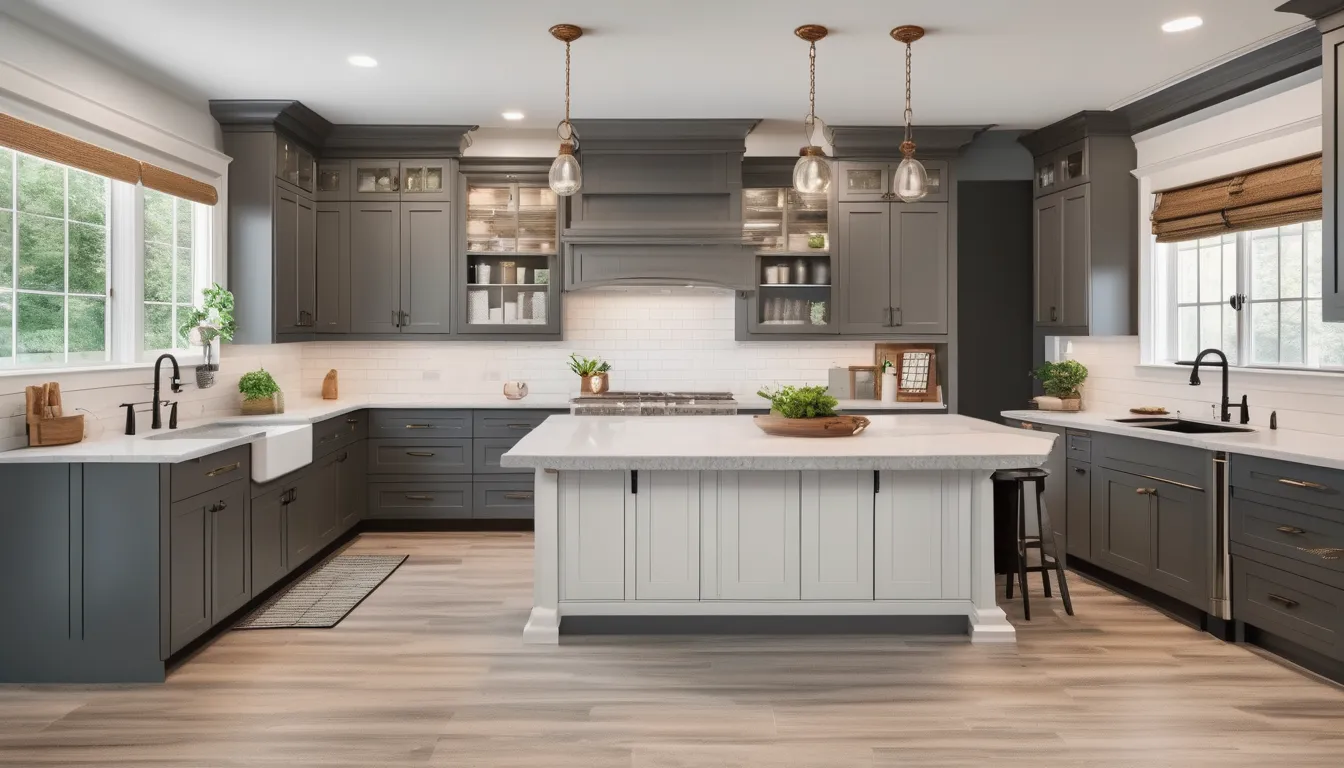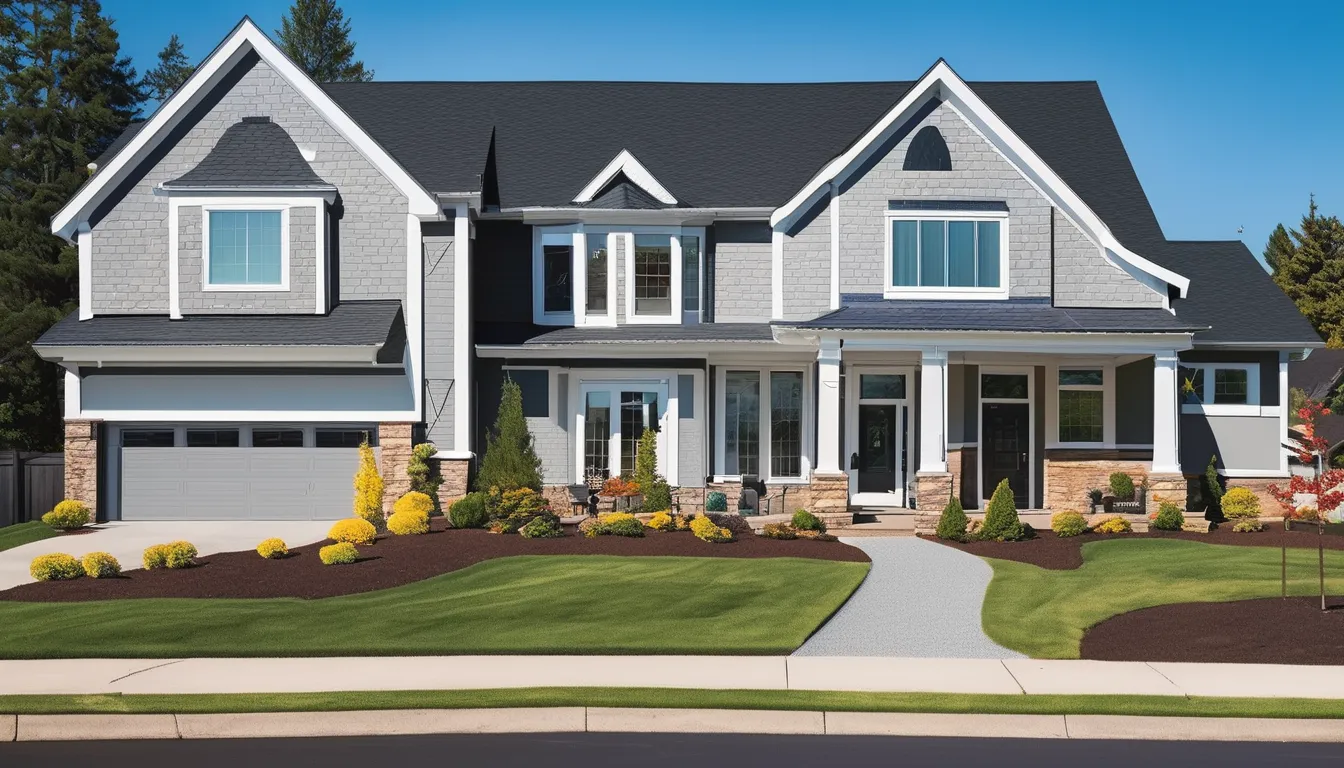Home remodeling is an exciting opportunity to update your living space and create a home that better suits your needs and style. However, it can also be a challenging and costly process, especially if you’re new to home renovation. To help you avoid common pitfalls and ensure a successful remodeling project, we’ve compiled a list of expert advice covering the do’s and don’ts of home remodeling. By following these guidelines, you’ll be better equipped to tackle your project with confidence and achieve the results you desire.
The Do’s of Home Remodeling
1. Do Plan Thoroughly
Planning is the foundation of any successful home remodel. Before jumping into demolition or purchasing materials, take the time to develop a comprehensive plan. This will save you time, money, and stress during the process.
Why It’s Important:
- A detailed plan allows you to prioritize your needs and ensure that the remodel is functional.
- Planning can help identify potential challenges early on, saving you from costly surprises.
- A solid plan ensures that all aspects of the remodel, from design to materials, work together cohesively.
Actionable Tips:
- Set clear goals for the remodel, such as improving functionality or increasing resale value.
- Work with a designer or architect if the remodel involves complex changes.
- Create a timeline and budget that takes into account contingencies for unexpected costs.
2. Do Set a Realistic Budget
Budgeting is essential for managing the costs of your remodel and avoiding overspending. Many homeowners underestimate the expenses involved in a remodeling project, leading to financial strain or incomplete projects.
Why It’s Important:
- A realistic budget helps ensure that you can complete your remodel without financial stress.
- It allows you to make informed decisions about materials, contractors, and timelines.
- Setting a budget helps you prioritize your spending, so you can focus on the most important aspects of the remodel.
Actionable Tips:
- Break down your budget by categories: labor, materials, permits, and contingency fund.
- Leave room for a 10-20% contingency fund to cover unforeseen costs.
- Prioritize spending on high-impact areas (e.g., kitchen or bathroom) if you’re looking to increase home value.
3. Do Hire Professionals When Needed
While DIY projects can be fun and cost-effective, some parts of a remodel—especially those involving plumbing, electrical work, or structural changes—require professional expertise. Hiring a licensed contractor or specialist ensures that the work is done safely and correctly.
Why It’s Important:
- Professionals bring experience, knowledge, and skills to the table, ensuring high-quality results.
- Hiring the right experts prevents errors that could lead to expensive repairs or safety hazards.
- Certain jobs, like electrical or plumbing work, often require permits and inspections that professionals are familiar with.
Actionable Tips:
- Research contractors, check reviews, and ask for references before hiring.
- Don’t settle for the lowest bid—ensure that your contractors offer quality work at a fair price.
- Verify that the contractors are licensed and insured to protect yourself from liability.
4. Do Keep the Future in Mind
A remodel should reflect your current needs, but it’s also important to consider how the changes will serve you in the future. This is especially true for home renovations that you plan to live with long-term or that will increase your home’s resale value.
Why It’s Important:
- Designing with the future in mind ensures that your remodel remains functional and appealing for years to come.
- Consider how your family or lifestyle may change in the future, and plan accordingly.
- A remodel that is versatile and future-proof will provide better value if you ever decide to sell.
Actionable Tips:
- Choose timeless design features that won’t go out of style in a few years.
- If you plan to sell the home in the future, focus on updates that provide good ROI (e.g., kitchen or bathroom renovations).
- Consider making your home more energy-efficient to reduce future utility costs.
5. Do Communicate Clearly with Contractors
Clear communication is key to a successful remodel. Your contractors need to understand your expectations, design preferences, and any specific requirements you have for the project.
Why It’s Important:
- Effective communication helps prevent misunderstandings that could lead to costly mistakes or delays.
- It ensures that contractors have the correct information to do the work to your satisfaction.
- Good communication promotes a positive working relationship, making the project more enjoyable for both parties.
Actionable Tips:
- Be clear about your budget, timeline, and design goals from the start.
- Ask questions if you don’t understand something, and request regular updates on progress.
- Put everything in writing—agreements, timelines, and changes—so there’s no confusion.
The Don’ts of Home Remodeling
1. Don’t Skip Permits and Codes
Skipping permits or ignoring building codes may seem like a way to save time and money, but it can lead to serious issues later on. Failing to follow legal requirements can result in fines, insurance problems, and even the need to undo completed work.
Why It’s Important:
- Permits and inspections ensure that the work is safe, up to code, and legally compliant.
- Not getting the required permits may delay the project or prevent the sale of your home in the future.
- Your insurance may not cover damages caused by unpermitted work.
Actionable Tips:
- Check with local authorities to understand which permits are needed for your remodel.
- Always get the proper inspections during key stages of the work.
- Ensure your contractor pulls the necessary permits before beginning construction.
2. Don’t Underestimate the Importance of Design
The design of your remodel plays a huge role in the overall outcome of your project. Failing to think through the design can result in a space that looks disconnected, feels cramped, or doesn’t function as intended.
Why It’s Important:
- A well-thought-out design enhances the overall flow and functionality of your space.
- Design flaws can lead to wasted space, impractical layouts, or excessive costs.
- An aesthetically pleasing design will create a more enjoyable and valuable living environment.
Actionable Tips:
- Spend time visualizing your new space and consider how you will use it day-to-day.
- Don’t rush the design process—take time to consult with experts and get the details right.
- Use 3D design software or consult with an interior designer to help visualize the space before committing.
3. Don’t Choose Trendy Over Practical
While it’s tempting to incorporate the latest trends into your remodel, it’s essential to strike a balance between aesthetics and functionality. What’s in style today may not be practical or desirable in a few years.
Why It’s Important:
- Focusing too much on trendy elements can lead to a space that feels dated or impractical after a few years.
- It’s better to invest in durable, timeless features that will stand the test of time.
- Overly trendy designs can limit your options if you ever decide to sell your home.
Actionable Tips:
- Use trends sparingly—incorporate trendy colors or materials in accent pieces or decor, rather than making them the focal point of your remodel.
- Choose materials and designs that are practical and long-lasting.
- Opt for classic, neutral tones that can be easily updated with smaller, less expensive changes in the future.
4. Don’t Ignore the Importance of Storage
During a home remodel, it’s easy to get caught up in aesthetics and overlook the importance of functional storage. A remodel that doesn’t consider sufficient storage space can lead to a cluttered and inefficient home.
Why It’s Important:
- A lack of storage can result in a chaotic, disorganized space.
- Smart storage solutions can improve the functionality of your home, making it more comfortable to live in.
- When buyers are looking at homes, storage is often a key factor in their decision-making process.
Actionable Tips:
- Prioritize storage solutions in key areas like the kitchen, bathroom, and closets.
- Consider built-in shelving, cabinetry, and multi-functional furniture to maximize storage.
- Don’t overlook vertical space—think about overhead cabinets or shelving to store items out of sight.
5. Don’t Rush the Process
While it’s natural to want your home to be finished quickly, rushing the remodeling process can lead to mistakes, poor-quality work, and missed details. Remodeling is a significant investment, so take your time to do it right.
Why It’s Important:
- Rushing through the project can result in mistakes that might require costly repairs or delays.
- A rushed remodel may lead to poor craftsmanship or decisions made under pressure.
- Taking your time allows for thoughtful planning and better execution.
Actionable Tips:
- Stick to your timeline, but avoid cutting corners to meet deadlines.
- Double-check all details before proceeding to the next stage of the project.
- Take time to make sure each phase of the remodel is completed properly before moving on.
Conclusion
Home remodeling near me is a rewarding but complex process that requires careful planning, budgeting, and decision-making. By following these do’s and don’ts, you can avoid common mistakes and ensure that your remodel enhances both the functionality and aesthetic appeal of your home. Whether you’re working with professionals or taking on the project yourself, patience and attention to detail are key to achieving the home of your dreams.





